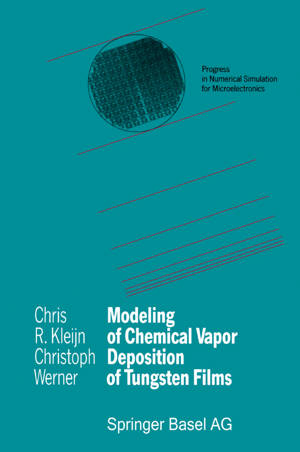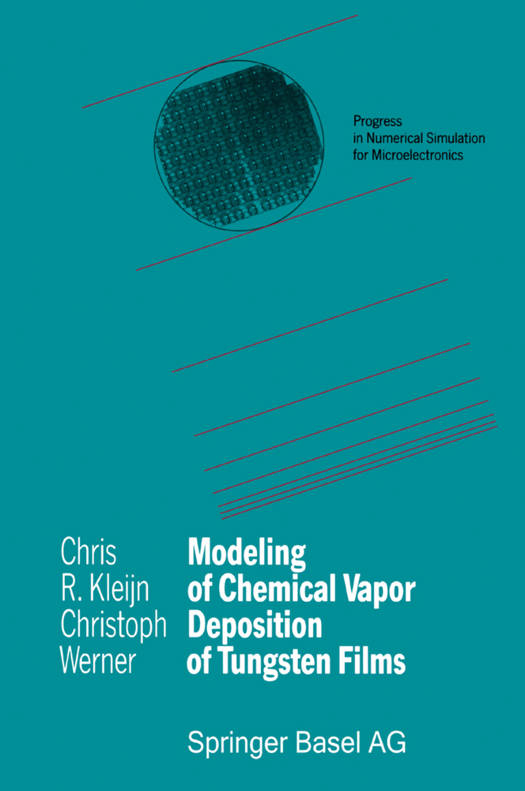
- Afhalen na 1 uur in een winkel met voorraad
- Gratis thuislevering in België vanaf € 30
- Ruim aanbod met 7 miljoen producten
- Afhalen na 1 uur in een winkel met voorraad
- Gratis thuislevering in België vanaf € 30
- Ruim aanbod met 7 miljoen producten
Zoeken
€ 52,95
+ 105 punten
Omschrijving
Semiconductor equipment modeling has in recent years become a field of great interest, because it offers the potential to support development and optimization of manufacturing equipment and hence reduce the cost and improve the quality of the reactors. This book is the result of two parallel lines of research dealing with the same subject - Modeling of Tungsten CVD processes -, which were per- formed independently under very different boundary conditions. On the one side, Chris Kleijn, working in an academic research environment, was able to go deep enough into the subject to laya solid foundation and prove the validity of all the assumptions made in his work. On the other side, Christoph Werner, working in the context of an industrial research lab, was able to closely interact with manufacturing and development engineers in a modern submicron semiconductor processing line. Because of these different approaches, the informal collaboration during the course of the projects proved to be extremely helpful to both sides, even though - or perhaps because - different computer codes, different CVD reactors and also slightly different models were used. In spite of the inconsistencies which might arise from this double approach, we feel that the presentation of both sets of results in one book will be very useful for people working in similar projects.
Specificaties
Betrokkenen
- Auteur(s):
- Uitgeverij:
Inhoud
- Aantal bladzijden:
- 139
- Taal:
- Engels
- Reeks:
Eigenschappen
- Productcode (EAN):
- 9783034877435
- Verschijningsdatum:
- 20/11/2013
- Uitvoering:
- Paperback
- Formaat:
- Trade paperback (VS)
- Afmetingen:
- 152 mm x 229 mm
- Gewicht:
- 195 g

Alleen bij Standaard Boekhandel
+ 105 punten op je klantenkaart van Standaard Boekhandel
Beoordelingen
We publiceren alleen reviews die voldoen aan de voorwaarden voor reviews. Bekijk onze voorwaarden voor reviews.











